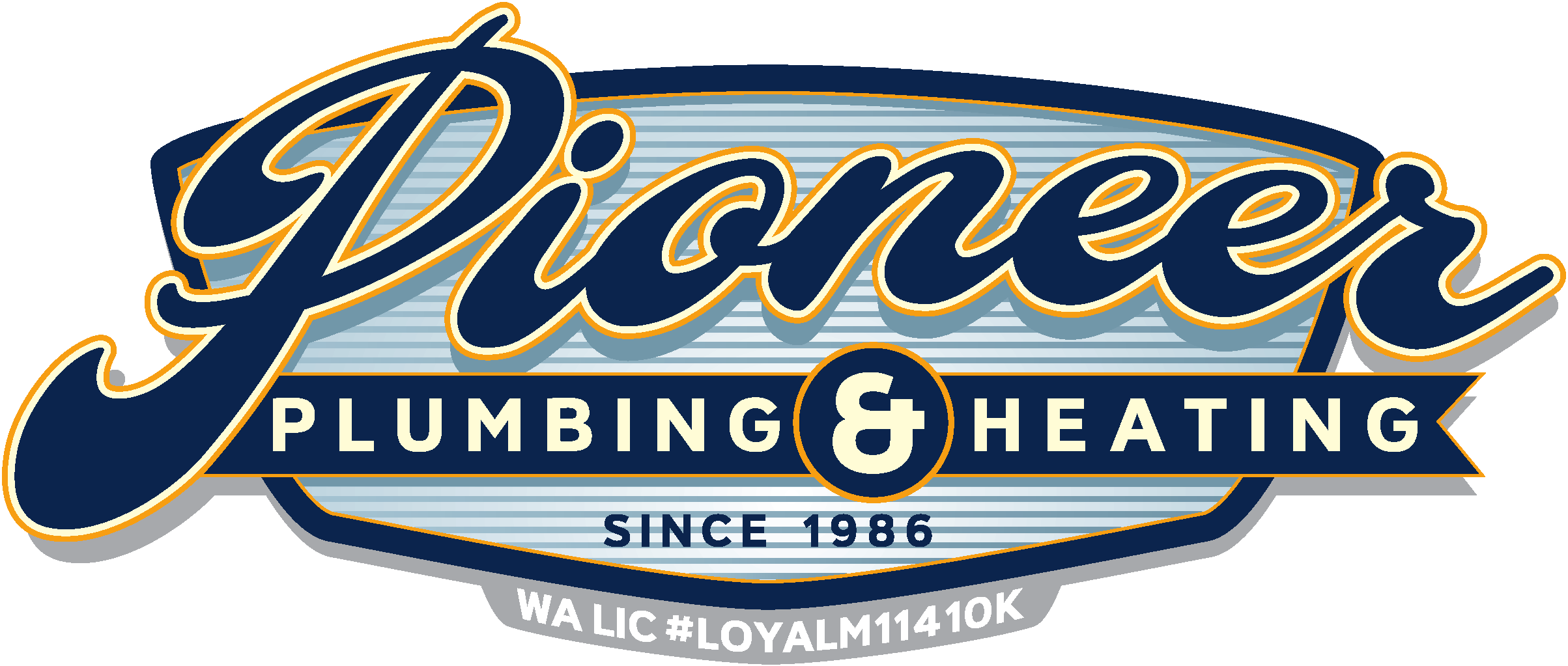We take many luxuries of modern life for granted and plumbing is right up there with deodorant, air conditioning, and pizza delivery. We thought we’d take some time to explore the history of plumbing in human history and appreciate how far we’ve come since the “good old days.” Click here for the History of Plumbing: Part 1.
---
The Middle Ages saw several technological advances that brought plumbing of the ancient world closer to what we're used to today. Primitive water closets, sewage pits, and outhouses were common amongst civilizations in both Europe and Asia, but the use of human waste as a fertilizer was a major practice in China and Japan due to a shortage of available cattle manure.
The Mayans had aqueducts, flushing toilets, and even water filters that operated in a very close fashion to Modern-day ceramic water filters.
In the modern age, plumbing technology had largely been stagnant up to the Enlightenment era, which saw a great deal of innovation along with rapid expansion of waterworks and pumping mechanisms. Private water companies in England began supplying major cities with water supplies and water networks.
Notably, both the S-bend and U-bend pipes were invented within 100 years of one another, with Thomas Crapper (seriously) introducing the U-shaped trap in 1880.
The increase in water systems and the growing need for reliable water led to new problems: waterborne illnesses were a growing concern, and public health officials began calling for better waste disposal systems to ward off epidemics and sickness. The increase in population using sewage systems meant that the water in cities was being sourced from the same streams it was going back out to, meaning "colorful water" was common. This eventually led to completely separate sewage and water lines being installed and the elimination of cesspools. In fact, most cities today have sewage treatment facilities that treat incoming sewage before releasing it back into natural bodies of water.
Citywide pipes were first made of iron, then lead, and eventually (and still today) copper piping took over as the main material for pressurized water systems, as awareness about lead poisoning following World War II rose.
---
Thanks for checking out this short series! As always, Pioneer Plumbing and Heating is here to bring your home's plumbing in from the dark ages, so contact us today!






